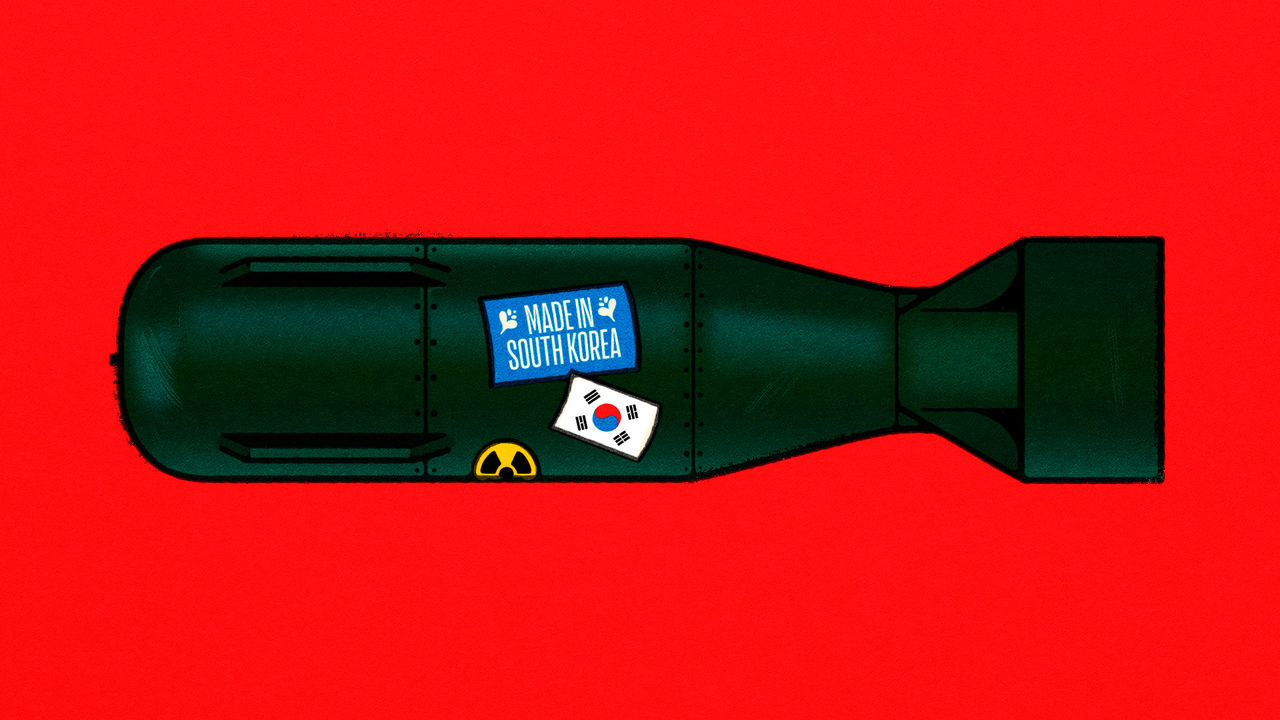
Title: The Might and Danger of Nuclear Arms: From the Initial Hydrogen Bomb to Contemporary Megaton Missiles
Few emblems encapsulate the sheer destructive capability of human technological progress quite like the soaring plume of a mushroom cloud. The inaugural hydrogen bomb detonation, codenamed “Ivy Mike,” executed by the United States on November 1, 1952, represented a pivotal moment in military history and a foreboding sign of humanity’s new potential. This event heralded the dawn of a nuclear era, where a singular device could obliterate whole cities.
But what exactly renders nuclear weapons so catastrophic? Why have they emerged as central to some of the gravest anxieties regarding civilization’s future? This article explores the mechanics of nuclear arms, their development, and the profound, far-reaching repercussions of a nuclear confrontation.
How Do Nuclear Weapons Function?
Central to nuclear weapons is the vast energy ensnared within atomic nuclei, due to fundamental forces binding protons and neutrons together. Two primary reactions are employed to release this energy: fission and fusion.
Nuclear Fission
Nuclear fission entails the division of large atomic nuclei—usually isotopes of uranium or plutonium—into smaller fragments. For example, when a free neutron strikes Uranium-235, the nucleus becomes unstable and breaks into two smaller units (such as Krypton-92 and Barium-141), emitting additional neutrons and a considerable amount of energy. These new neutrons can instigate further fission reactions, resulting in a swift, chain-reaction explosion within mere microseconds.
Nuclear Fusion
Conversely, fusion amalgamates two small nuclei—specifically, isotopes of hydrogen like deuterium and tritium—to produce a single, heavier nucleus, commonly helium. This process necessitates extremely high temperatures and pressures (conditions akin to those found within stars), but it releases significantly greater energy compared to fission. This is the same process that fuels both the sun and the most powerful thermonuclear weapons on the planet.
The Progression of Nuclear Weapons
Nuclear power in warfare made its debut in 1945, when atomic bombs were unleashed on Hiroshima and Nagasaki, leading to the deaths of over 200,000 individuals either immediately or due to radiation-related ailments.
The Atomic Bomb
These early nuclear devices were fission bombs. “Little Boy,” deployed on Hiroshima, and “Fat Man,” used on Nagasaki, yielded approximately 36 kilotons of TNT while utilizing merely around two kilograms of radioactive material. Their destructive capability was unmatched at that time.
The Hydrogen Bomb
Research following World War II resulted in the creation of thermonuclear weapons, or hydrogen bombs. These utilized a fission bomb as a trigger to create the conditions for fusion. The first tested hydrogen bomb, “Ivy Mike,” achieved an explosive yield in the megaton range—hundreds of times stronger than the bombs dropped on Japan. The test obliterated an entire island and generated a fireball exceeding three miles in diameter.
Contemporary Nuclear Warheads
Modern nuclear arms integrate both fission and fusion in a meticulously designed two-stage format: a fission “primary” followed by a fusion “secondary.” High explosives compress a plutonium core, reaching critical mass for sustained fission. The heat and radiation produced during the fission stage then drive the fusion reaction in the secondary stage. Fusion reactions yield even more neutrons, prompting additional fission in surrounding uranium or plutonium layers. This method optimizes energy release from a relatively small quantity of fuel.
Certain modern warheads are “dial-a-yield,” featuring adjustable explosive outputs ranging from tens of kilotons to several megatons, contingent on mission necessities.
The Devastating Impact of a Nuclear Launch
While the initial blast could claim millions of lives, it is the aftermath of a nuclear detonation that uncovers the true terror of such weaponry.
Immediate Destruction
A blast with a yield of one megaton could obliterate an entire city. Approximately 35% of the energy manifests as thermal radiation, inflicting third-degree burns within ten kilometers. The atmospheric pressure shockwave would demolish structures and infrastructure within several kilometers. Fires ignited by the extreme heat would swiftly reduce urban areas and homes to ashes. Those outdoors would face instant or nearly instant fatalities.
Radiation Fallout
When a nuclear device explodes near the surface, it vaporizes soil, buildings, and even human beings, launching radioactive particles into the atmosphere. These particles form the recognizable mushroom cloud and eventually descend as fallout—particles that can spread for hundreds of miles, contaminating water, crops, and air. Acute radiation sickness, cancer, and hereditary genetic mutations pose long-term risks for survivors of the explosion.
Consequences Beyond the Blast Zone
Considering the intricacies of global supply chains and the interdependence of contemporary life, even a “limited” nuclear conflict could yield global repercussions. Disruptions in the trade of food, medicine, and energy would ripple through economies. Electrical grids and communication systems